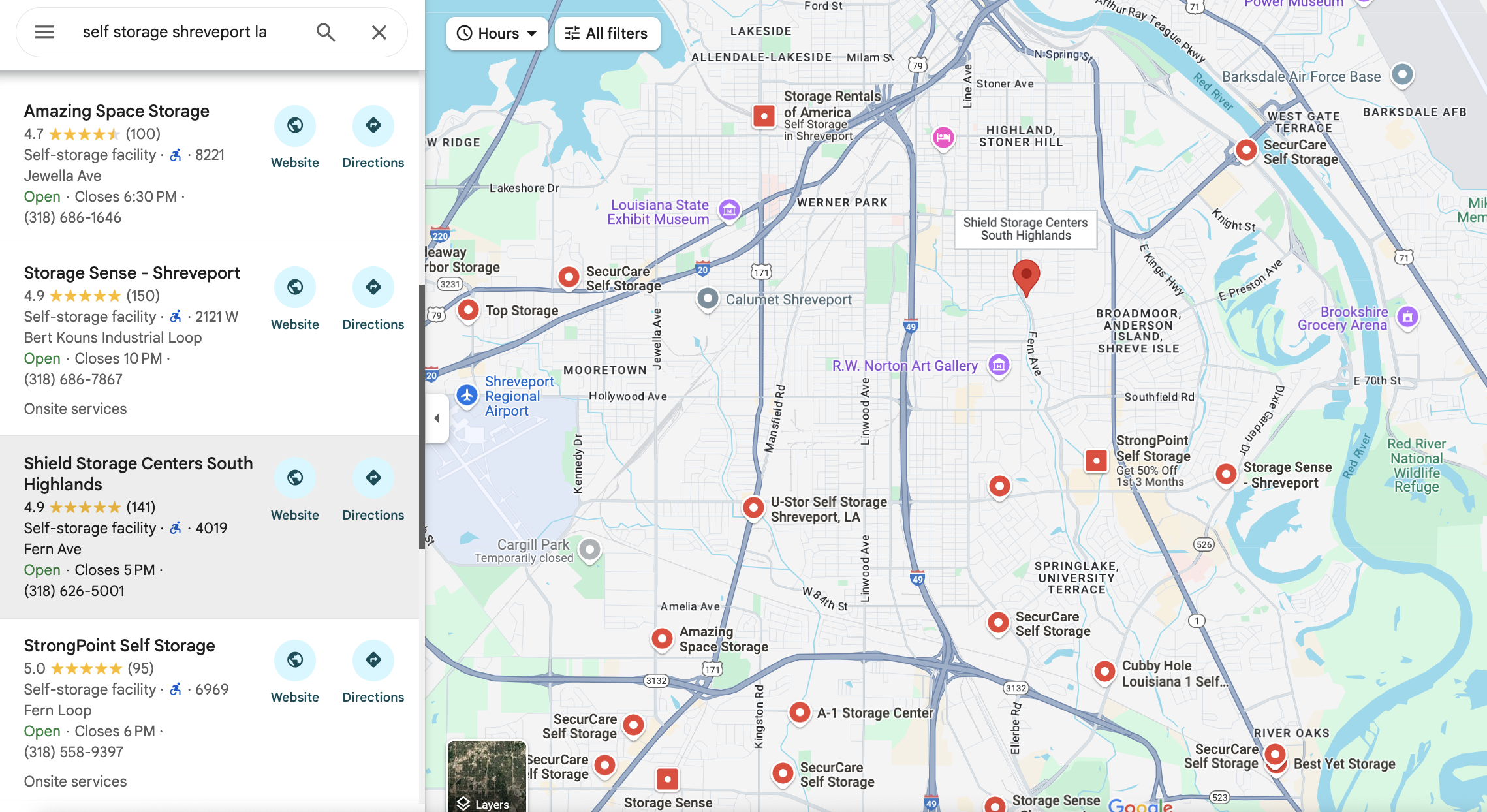
The self storage industry continues to attract investors and entrepreneurs seeking recession-resistant income and long-term asset appreciation.
But not all investments are good investments. Despite self storage’s consistent financial value, it’s entirely possible to make a bad investment. Market factors or facility conditions can easily turn a well-priced acquisition into a money pit.
In this article, we’ll break down the critical components of evaluating a self storage acquisition—from initial market research to operational assessments—so you can make informed decisions, avoid costly mistakes, and maximize your ROI.

Before looking at financials or stepping foot on the property, your first task is to understand the market. In self storage, demand is localized, and even great facilities can struggle in oversaturated or declining markets.
If you want to know the true value of an asset, you’ve got to understand the market dynamics where that facility exists.
There are a plethora of factors to consider in any given market, so it’s important to separate the signal from the noise. Here are three areas to consider when you’re looking at any market.
Self storage is prone to overbuilding, and it only takes one new facility to change the entire outlook for a market.
Thankfully, identifying your competition is relatively simple. Use tools like Radius+, StorTrack, or Google Maps to find facilities within a three to five mile radius of the property you’re considering.

Economic Stability
Wealthier markets can generally support higher rates, which make them more promising investment opportunities. While many investors look at median home income, you should actually look at medium home value as a signifier of a market’s prosperity.
This data point alone doesn’t guarantee your facility will immediately hit 90% occupancy, but it is a reliable indicator of the local community’s spending power.
Population
The majority of renters live within 20 minutes of a self storage facility, so you’ll want to understand the population within five miles of your site.
Is the population of the market increasing, decreasing, or stagnant? Stagnation isn’t necessarily a deal breaker, but you obviously want to build in markets where the population is growing. A decreasing population is a red flag.
To find population data, you can check the census of the city in question or utilize one of the many tools on the market.
Occupancy
Calculating the occupancy of other facilities on the market can be a great indicator of how your facility will perform. If local properties are consistently renting 85% or more of their units, then that’s an indicator there’s strong demand for self storage.
Square Footage Per Capita
While identifying competitors in a three to five mile radius is a good start, there’s a more scientific way to calculate the self storage supply in a market: square footage per capita.
Finding this number involves a simple equation: the total population in a three to five mile radius divided by the square footage of storage in that area.
Investors typically look for a number at or below eight. If square footage per capita exceeds that threshold, the market may be oversaturated.
Upcoming (Non-Self Storage) Construction Projects
Self storage relies on two primary types of customers: renters and commercial businesses.
Renters, particularly those in apartments, are on a constant search for extra space to store their possessions.
Similarly, businesses often need space to store tools, vehicles, and machinery they utilize to perform their work. Although, this segment makes up a smaller percentage of tenants overall.
If new apartments are being built near a facility—or even in the market at all—it’s a very good sign that an influx of potential tenants is on the way.
You want a facility in a market with unmet demand, rising population trends, and limited new construction.
Once the market checks out, it’s time to assess the asset itself. Physical characteristics influence operational efficiency, tenant experience, and long-term capital expenditures.
Size and layout
How many units are there? What’s the total net rentable square footage? Is the layout functional for tenant access and staff oversight?
Unit mix
Does the self storage unit mix align with local demand? In suburban and urban areas, smaller units like 10x10s and 5x10s are more desirable. However, in rural areas, larger units are often more popular.
Facility Condition
What’s the state of the roofing, pavement, HVAC, security systems, and lighting? A detailed property condition assessment (PCA) can reveal deferred maintenance.
Amenities
Are there climate-controlled units? Does the site offer 24/7 access, modern security, or smart access features? Amenities can be compelling ways to differentiate your facility and encourage more move-ins.
Expandability
Is there land available to build more units? Expansion potential adds long-term upside because you can add RV and car parking or add to the number of traditional units.
Make sure to document everything during your site visit. Even small repairs add up—and can become negotiation points.
Financial due diligence separates good investments from bad ones. While some buyers look at trailing 12-months (T-12) performance, a better practice is to analyze three years of financials and current rent rolls.
Gross revenue and rent per occupied square foot
Gross rent includes base rents, late fees, admin fees, insurance sales, retail merchandise, and any ancillary services.
To calculate rent per square foot simply divide monthly rental income by the square feet of occupied units.
Operating expenses
Gross revenue is one thing, but to understand the financial health of a facility you have to understand what it costs to keep it running. Utilities, payroll, repairs and maintenance, insurance, property taxes, marketing, and legal services are all common operating expenses.
Net operating income (NOI)
Income is what’s left over from your revenue after you subtract expenses. This figure excludes debt service, capital expenditures (CapEx), depreciation, and amortization, making it a clean indicator of a property's operating performance.
Occupancy rates
There are two types of occupancy: physical occupancy and economic occupancy.
Physical occupancy measures the percentage of units or square footage currently rented. Meanwhile economic occupancy is the percentage of potential rental income the facility is collecting.
Delinquency trends
Delinquency can be a serious issue. That’s why there are so many tools, like our very own StorBill, that help operators reduce delinquency.
Be sure to check the delinquency rate on any potential purchase, because out of control delinquency can clog your cash flow and totally change the economics of your facility.
Most acquisitions fall into one of three categories: stabilized, value-add, or turnaround. Understanding where your facility lies helps you price it correctly and set expectations.
Use a pro forma to forecast how these changes would affect NOI and asset value. The formula for estimating value in self storage is simple: Value = NOI ÷ Cap Rate
Small NOI improvements can dramatically increase value, especially in low cap rate markets.
Cap rates vary by market, facility class, and risk profile. In primary markets, cap rates might range from 4.5 to 5.5%, while in secondary or rural markets they could reach 7–8%.
Evaluating a self storage acquisition isn’t just about getting a good deal—it’s about understanding the full picture of the facility’s potential and pitfalls. Successful investors blend data-driven analysis with operational experience to find assets that can scale in value over time.
By following this structured approach—market analysis, physical review, financial modeling, value-add planning, and operational due diligence—you’ll be positioned to make smarter acquisitions and grow a profitable self storage portfolio.
If you’ve just purchased a facility and need help maximizing performance, 3rd party self storage management could be the answer. Schedule a free demo with our team and learn how we can help.